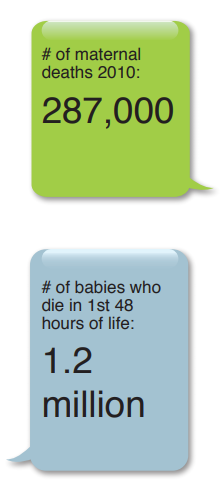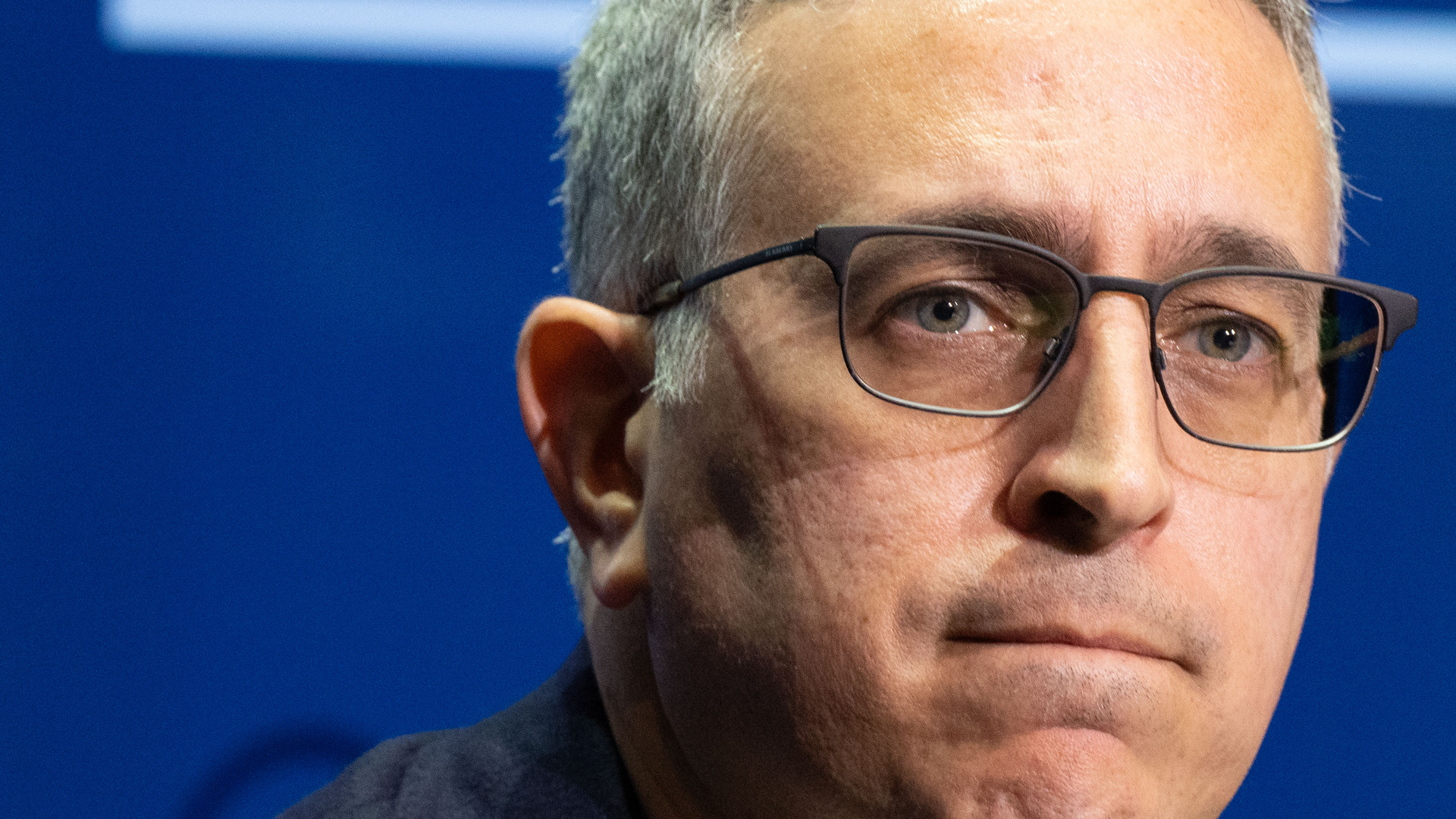
Giving birth should be a time of joy but for too many women around the world it leads to death or serious illness for the mother or baby, or both. While United Nations and World Bank studies show maternal deaths have dropped by nearly half over the last 20 years, the 287,000 deaths in childbirth in 2010 were still well below the Millennium Development Goal of cutting the number by three-quarters from the 1990 benchmark by 2015. There are also more than a million stillbirths every year, and another million babies die for lack of quality health care within their first 48 hours.
The most dramatic room for improvement to these intolerable numbers is in sub-Saharan Africa and southern Asia where 85 per cent of maternal deaths occur, often in hard-to-reach rural areas. Many of these women or their newborns die from simply not knowing that health care is available, or because they lack money for transportation to a clinic or hospital.
The deep penetration of cellphones in many parts of the developing world may offer the best hope for overcoming these barriers. Kenya and Uganda, for example, have been offering paper vouchers to pregnant women redeemable for health care such as having a trained attendant present at the birth. But many more women could be reached if those paper vouchers were sent instead by text message.
Changamka, a private health insurance provider in Kenya funded through the Saving Lives at Birth initiative, is developing a system to provide these vouchers electronically. The e-vouchers, subsidized by government in partnership with private and other public partners, are fast, reliable and cheap. Women can prepay for these vouchers over time and in advance of giving birth, so the money is immediately accessible when they go into labour. They can be exchanged for medical services or transportation to a hospital.
Changamka is also using text messaging, “word of mouth” networks and radio ads to make women and their families aware of the importance of medical care during childbirth, and to know that financial help is available to help them get it. This is called “demand creation,” an approach designed to change behaviour by giving women ways to take control of their health care needs, removing barriers to accessing care and providing enticements to use available health care.
The program will undertake an evaluation process this year to measure whether e-vouchers offer an effective way to reach vulnerable women.
Of course better roads and more widely available health services would cut deaths in childbirth as well. But those investments take long periods of time and huge amounts of money. Meanwhile an unacceptable number of women or their newborns will die. Instead, Changamka is leveraging the existing communications infrastructure in a way that may have a more immediate impact on reducing deaths in childbirth.
Saving Lives at Birth (www. savinglivesatbirth.net) is a partnership of Grand Challenges Canada, USAID, the Government of Norway, the Bill & Melinda Gates Foundation, and the World Bank. It seeks out and funds innovative approaches to reducing maternal and child deaths at birth.
Photo: Shutterstock by leungchopan








